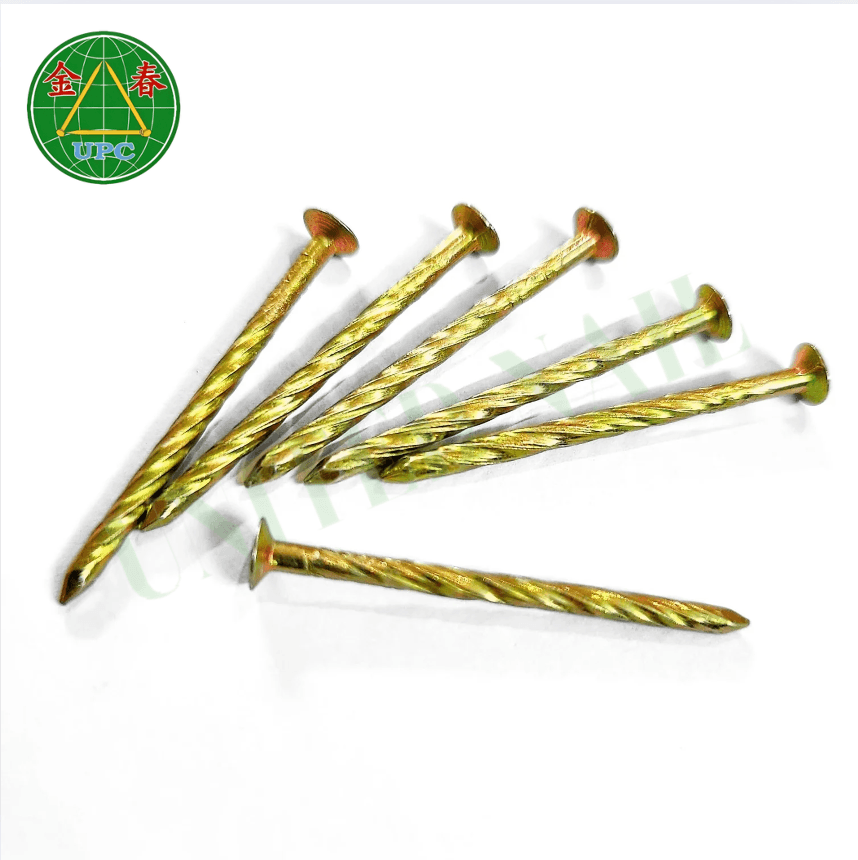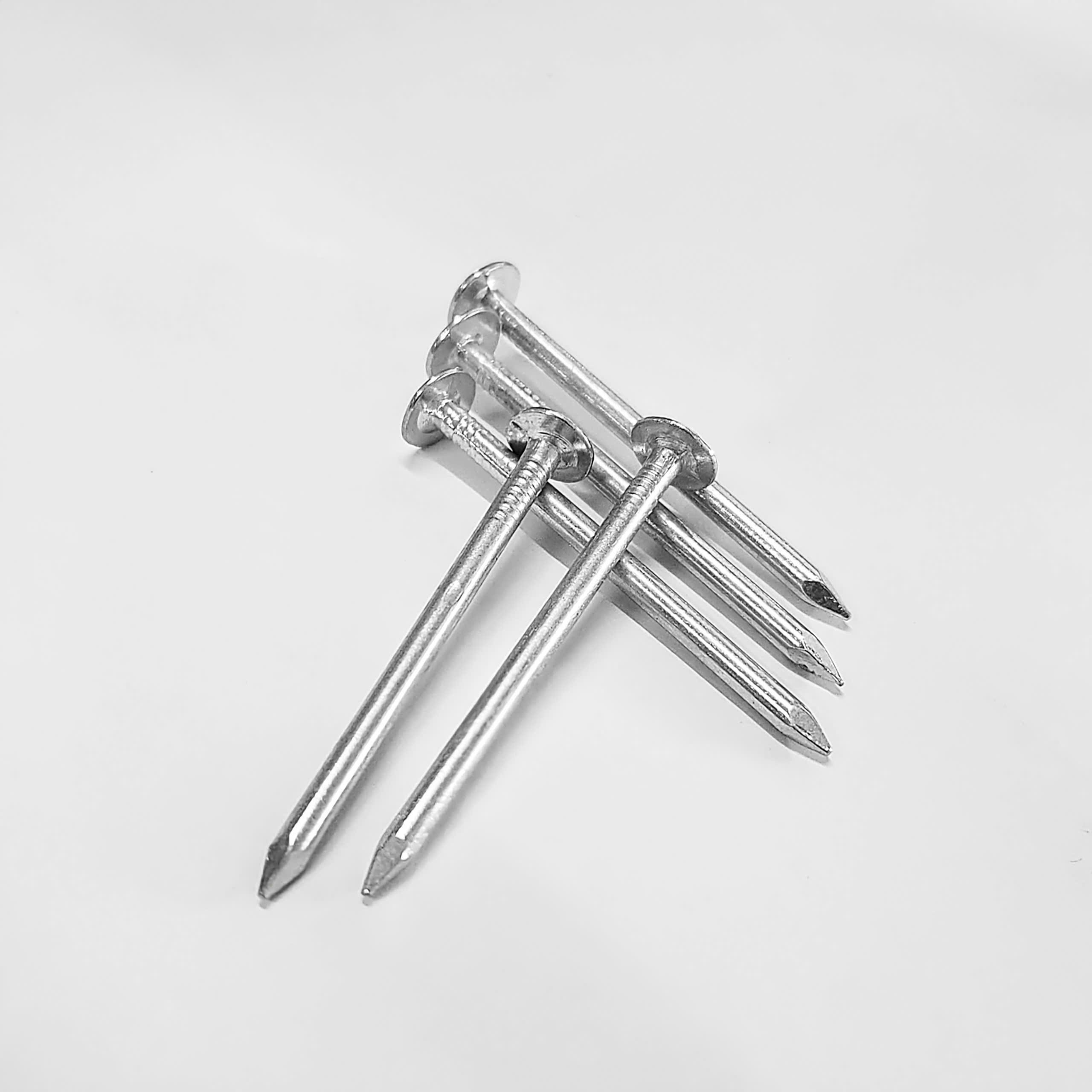Introduction
Common nail are tools that are frequently used in construction, repairs, and DIY (Do It Yourself) projects. While you may not always pay attention to them, nails have a long and important history in the fields of building and craftsmanship. This article will take you through the journey of the common nail, exploring its history, development, and the wide range of applications it has had over time, from ancient uses to its current status as an essential tool in modern construction and daily life.
MỤC LỤC BÀI VIẾT
1. Common Nail in Ancient Times
Common nail have a long history that dates back to ancient civilizations. The first nails were made from materials like bronze, copper, or even wood, and were used in important construction projects like ships, temples, and monumental buildings.
- Ancient Egypt and Rome: Ancient civilizations such as Egypt and Rome used handmade nails for joining parts of ships, wooden planks, or stone walls. These early nails were typically larger and were handmade by skilled artisans.
- Applications in Construction: In ancient times, nails were used mainly for major construction projects. These nails were often hammered by hand and varied in quality based on the skill of the blacksmith. They played a vital role in the construction of religious buildings, ships, and other important structures.

2. The Industrial Revolution and Common Nail
The Industrial Revolution in the 18th century marked a major turning point in the production of nails. With the rise of machine-based manufacturing, nails became mass-produced, reducing production costs and increasing availability in the market.
- Nail Production by Machinery: During this period, nails began to be made from iron and steel rather than copper. The production of nails became more automated, allowing for a consistent, mass supply of nails that could be used in construction and manufacturing industries.
- Development of Flat-Head and Round-Head Nails: Flat-head and round-head nails became more widespread during the industrial era, as they made the process of nailing more efficient and reduced the risk of splintering wood, especially when working with softer woods.
3. Common Nail in the 20th Century: From Steel Technology to Diverse Applications
In the early 20th century, improvements in materials and manufacturing technologies made common nails even more essential in construction, furniture manufacturing, and repairs.
- Use of Steel and Alloys: Common nails in the 20th century were primarily made from carbon steel or alloys, providing increased strength and corrosion resistance. These nails became widely used in the construction industry for framing, woodwork, and even in producing household appliances and furniture.
- Common Nails and the Construction Industry: Nails became an integral part of the building industry, particularly in framing and constructing houses, roofs, and walls. Builders also began using nails for attaching concrete blocks and other materials, replacing adhesives and screws in some applications.
4. Common Nail Today: Advanced Technology and Better Quality
Today, with ongoing advancements in manufacturing technology, common nails are made with improved materials and coatings, offering enhanced durability and functionality.
- Stainless Steel and Galvanized Nails: Stainless steel and galvanized nails have become popular for outdoor applications and in moist environments. These nails are highly resistant to corrosion and offer superior longevity, making them ideal for outdoor construction and areas with high humidity, such as bathrooms and kitchens.
- Applications in Modern Construction: Modern construction projects often demand nails with high load-bearing capacity and long-term durability. Nails today are used for a wide range of purposes, from framing and attaching drywall to securing lightweight concrete and synthetic materials.

5. The Future of Common Nail: New Technology and Evolution
With ongoing technological developments, the future of common nails promises further innovations. New materials and smart features may shape the future of this essential tool.
- Smart Nails and New Materials: Future nails could be made from lightweight super alloys or incorporate smart features, such as sensors that monitor load-bearing changes in structures. These types of nails could enhance building safety by providing real-time data on the condition of the materials they hold together.

- Optimizing Production Processes: 3D printing technology could revolutionize nail production by allowing custom sizes and shapes to be produced quickly and precisely, offering savings in time and manufacturing costs. This innovation could open up new possibilities for special applications in construction and DIY projects.

Conclusion
Common nail, though a simple tool, have played a significant role in a wide range of fields, from construction to art and DIY. The history of the common nail reflects not only the evolution of building techniques but also the continuous creativity and innovation of humanity. From the handmade copper nails of ancient civilizations to today’s advanced, corrosion-resistant models, common nails have continually evolved to meet the growing demands of society. With the ongoing advancements in technology, common nails are likely to remain a key tool in the future, shaping the way we build and repair the world around us.
Contact Information
UNITED NAIL PRODUCTS CO., LTD
Specializing in manufacturing high quality industrial nails and tie wire
- Address: 16A8, Tra Noc Industrial Zone 1, Tra Noc Ward, Binh Thuy District, Can Tho City, VietNam
- Phone: (+84) 986 831838 (+84) 292 2242165
- Email: sales5@unitednail.com
- Facebook: Đinh Kim Xuân
Thank you for taking the time to read this article. We hope the information proves helpful to you.






